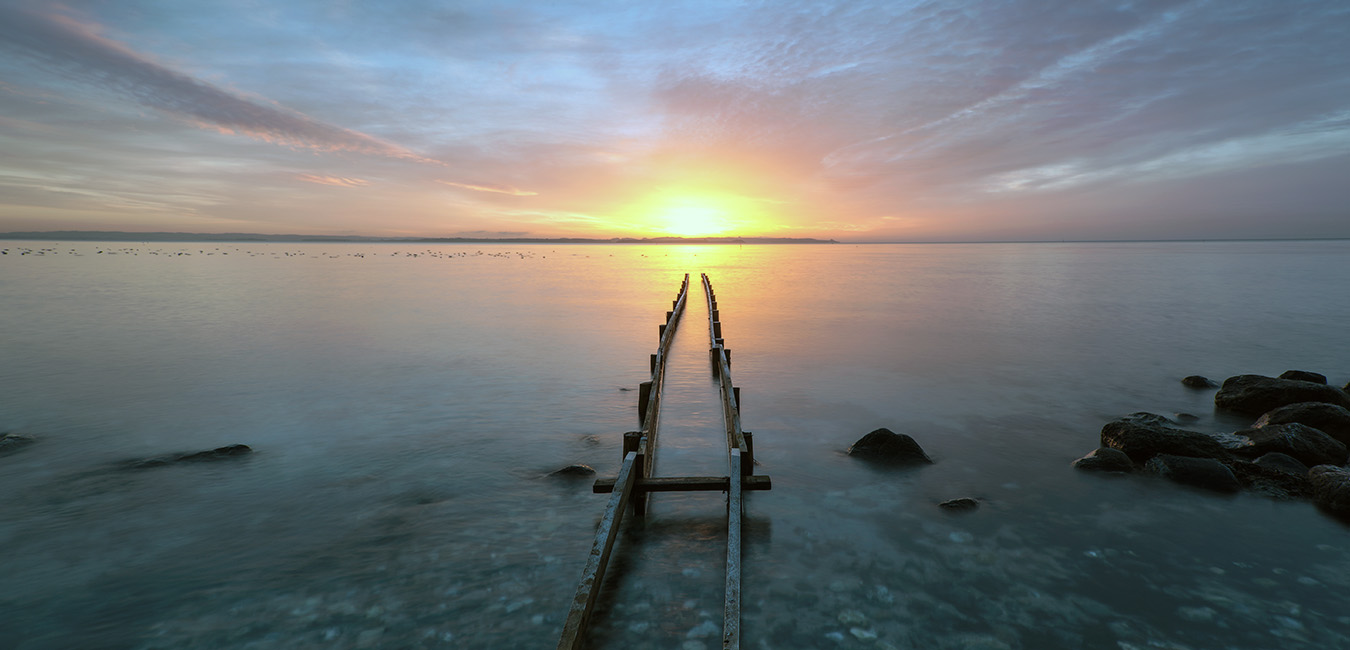Mayor Michael Stegger Jensen (S) calls the decision, supported by five of the six parties, extremely important. “It sends a clear signal that we are ready, and we are reaching out to our neighboring municipality, Norddjurs, so that together we can make this happen,” he says.
About 150 years ago, Jutland’s largest lake—Kolindsund—covered an area of 2,500 hectares on Djursland.
It was later drained and converted into farmland.
However, the green tripartite agreement could pave the way for the restoration of the lake, benefiting the climate, environment, nature, and development in Djursland.
This is why a large majority of the Syddjurs Municipal Council on Wednesday adopted a principle decision, which is the first major step towards the restoration of the vast former natural area.
Mayor Michael Stegger Jensen (S) calls the decision, supported by five of the six parties, extremely important.
“Restoring the lake will cost a lot of money. But the new green tripartite agreement has opened up completely new opportunities and brought many billions into play!”
Michael Stegger Jensen (S)
“It sends a clear signal that we are ready, and we are reaching out to our neighboring municipality, Norddjurs, so that together we can make this happen,” he says.
Of the 2,500 hectares, approximately 1,000 lie in Syddjurs, with the rest in the neighboring municipality.
40 Billion DKK Land Fund Provides Support
“Restoring the lake will cost a lot of money. But the new green tripartite agreement has opened up completely new opportunities and brought many billions into play,” he says.
The tripartite agreement, with a special land fund of 40 billion DKK, aims to support the extraction of 140,000 hectares of lowland soils and land reallocation, with a particular focus on reducing nitrogen emissions.
“To realize the lake, we need to be among the first to come forward. And then we hope that the government and the members of the tripartite agreement find this interesting,” he says.
“The idea is not new. But the large sums involved, which we as a municipality would never be able to raise, have previously stopped the project,” says Michael Stegger Jensen.
Tripartite Agreement Tools Can Be Used
After the council’s decision, the municipality’s administration must contact state authorities, Norddjurs Municipality, and the agricultural sector about the next steps.
The chairman of the Djursland Agricultural Association, Hans Gæmelke, is cautious, although he does not wish to pit agriculture against the rest of society.
“Society must decide how the money should be best used. Whether it’s by flooding Kolindsund and shutting down agriculture there,” he says.
“There are tools in the tripartite agreement that can be used. But I want to ensure that this is thoroughly examined instead of being a hasty decision,” he says.
/ritzau/

